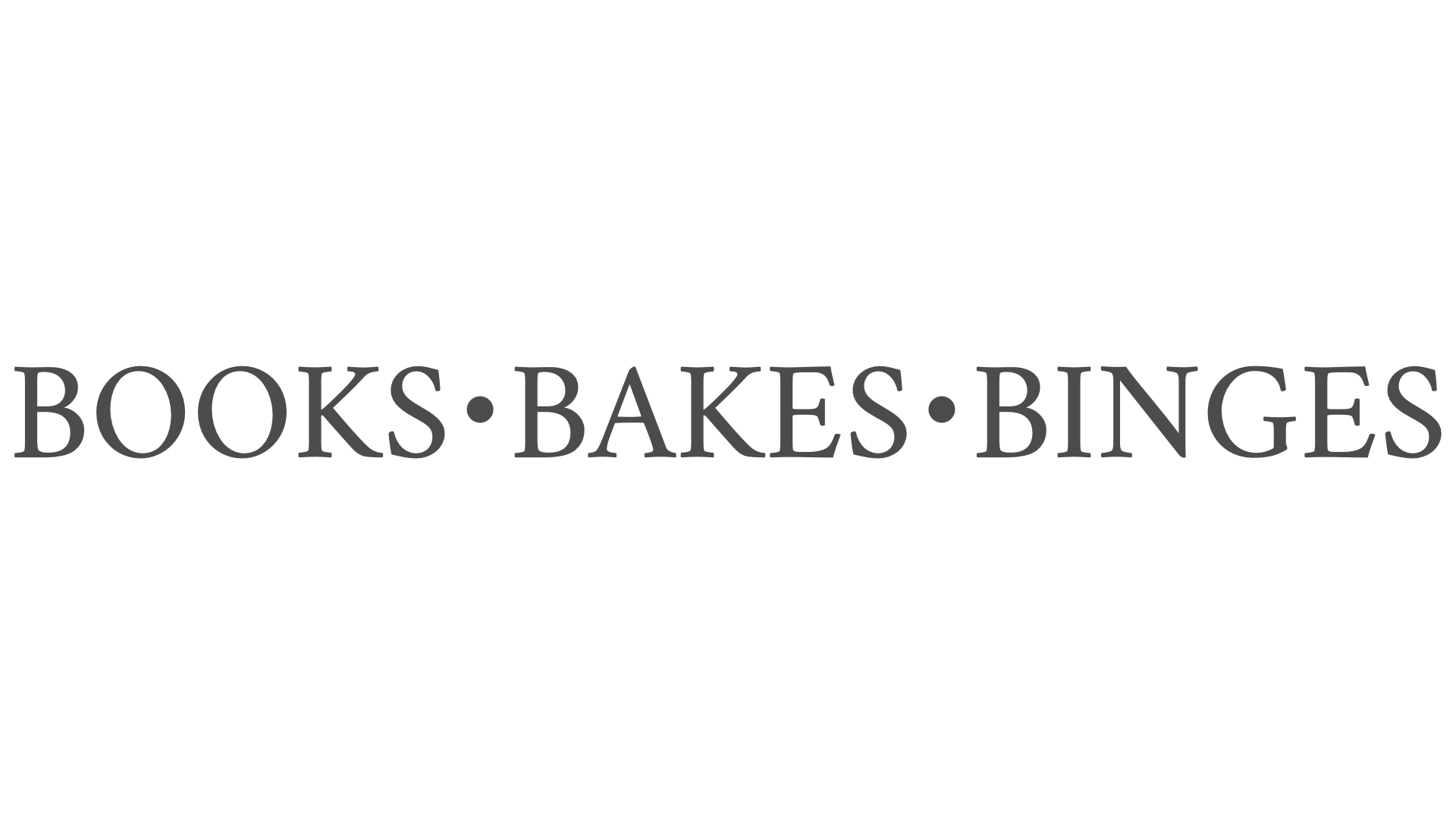Dickinson starring Hailee Steinfeld as American poet Emily Dickinson was part of the content that helped launch AppleTV+ in 2019. Currently, in its second season, the show celebrates the poems of Emily Dickinson. The intention is to make her work accessible to modern audiences. This intentional lean into artistic license makes Dickinson rife with anachronisms. But these historical inaccuracies are what makes Dickinson enjoyable to watch.
1. The Soundtrack
How does Apple integrate its signature products into a show set in a time that predates telephones? The soundtrack. Dickinson utilizes lesser-known, or at least not overplayed tracks, to singularly connect a song with a scene in the show. There is a scene where Emily is making bread as Damien Rice’s “It Takes a Lot to Know a Man” plays. One, I would have never discovered this track without the show, and I would be missing out. Two, I do always think of this scene when I listen to the song. Indulge me a little as I say it’s an iconic pairing for the show.
But perhaps the most synchronous use of music on Dickinson is the inclusion of Billie Eilish. When the show debuted, Eilish was still an up-and-coming artist. Her repertoire was not ubiquitous in pop culture. And her work parallels Emily Dickinson’s work as both women tinker with dark and moody themes. Dickinson’s “Because I could not stop for death” and Eilish’s “Bury a Friend” both explore death. And so, Billie Eilish is akin to Dickinson in the modern-day and makes the original Dickinson accessible.
2. The Aesthetic
As I mentioned, Dickinson isn’t really concerned with the exactness of the 1850s. Instead, the show is a visual interpretation of Emily’s poems. It’s an artistic journal brought to life, from the animated scrapbook-style title card to the way Dickinson’s poems are etched on the screen as she writes them. Her rendezvous with Death in season one and then later with Nobody in season two are explicit examples of an artist’s mind at work. It’s all very conceptual. And while Dickinson’s obsession with death may seem dark, the show is full of vibrant colors. The clothes are colorful and comprised of lively patterns. The landscape provides a cornucopia of scenic idylls. In short, there is nothing plain, simple, or drab about Dickinson.


3. The Writing
Accessibility is easier with dialogue that is close to the vernacular of your target audience. The young characters sound like contemporary Liberal Arts students. As they live in Amherst, near the eponymous Liberal Arts college, this seems appropriate. Observing their lives will not give you an understanding of the everyman of the time. These are privileged people. But they are aware of the events of their time, and their discussions conducted in present-day terms serve as sound bites of history.

4. Death and Other Guest Stars

Perhaps the most notable actor in a recurring role is Wiz Khalifa starring in Emily’s own delusions as Death lasciviously personified.
And then, of course, there are Emily Dickinson’s literary contemporaries. Many of whom lived at a near distance. As Amherst is only a short daytrip away from Walden, Emily visits the notoriously isolated Henry David Thoreau. John Mulaney’s portrayal is a between-the-lines interpretation of the naturist. Another of her contemporaries, Louisa May Alcott, makes a surprise appearance. The recently published Alcott turns up to Christmas dinner as a friend of friends. Zosia Mamet, as the avaricious Louisa May Alcott, elevates the party with her forthright demeanor.
5. Dickinson is for...
Viewers not bothered by historical anachronisms but do enjoy a period piece and are fans of easy to watch 30-minute episodic television.











